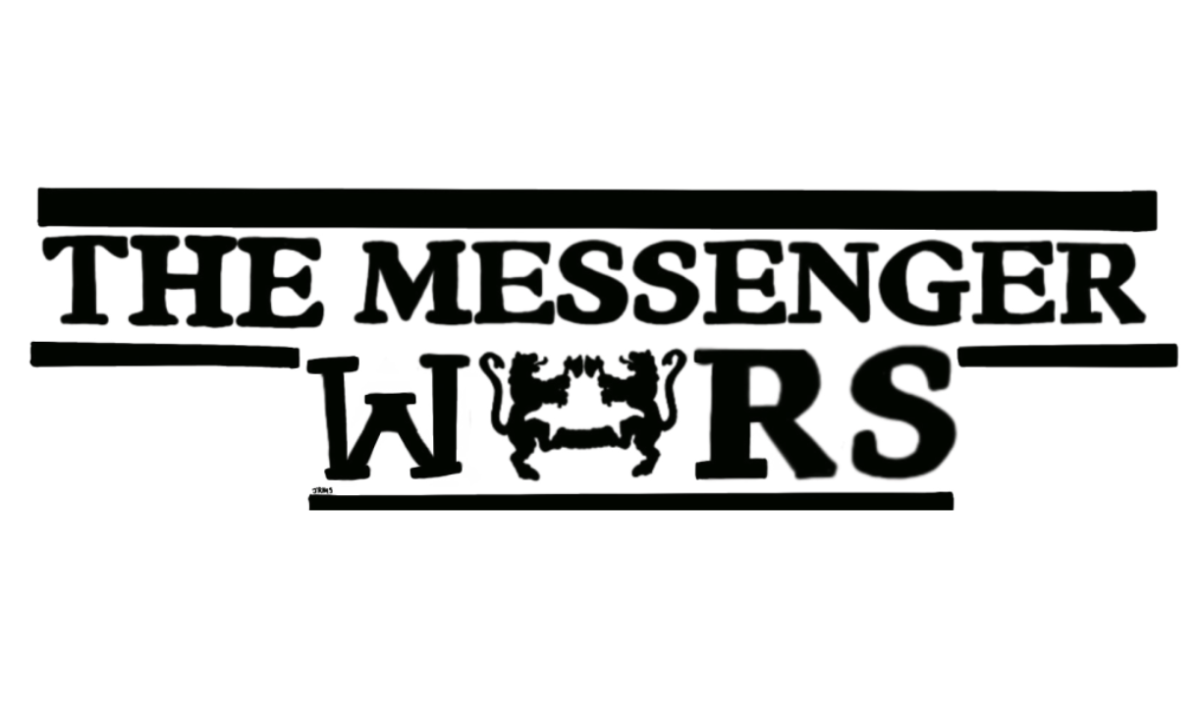They are sweeping our nation, giving our brains mindless pleasure and our hard-working RAs the tools for a relaxation floor event. They appear in forms from cards to posters, and picture everything from mandalas to gardens to pop culture phenomena. You can find them everywhere, even in St. Olaf’s own bookstore. You know what I’m talking about – adult coloring books. The pastime once reserved for children has become a favorite hobby for people of all ages.
In the past two years the hobby has become so popular that it may be more accurate to call it an “obsession.” The adult coloring book industry, sparked by artist Johanna Basford’s 2013 release of “Secret Garden,” has never fared better. Sales have dramatically risen from 2014 to 2015. These books are regular bestsellers on Amazon and their success is also affecting the colored pencil industry.
Why are adult coloring books suddenly so popular? Fans of the books say they remind them of their childhood, provide a method of easy social bonding and reduce anxiety. Critics of this trend say that the books are a symbol of America’s declining maturity, are simply a waste of time or can backfire and become addictive.
Writer and art gallery curator Robert Pela believes that coloring books are simply an immature coping mechanism. In a Phoenix New Times article, he wrote “I’m a snob. But I’m also an adult, one who remembers when adults relaxed with bourbon, not Crayolas and an outline of My Little Pony.”
I am personally not enchanted by this fad. While I recognize that coloring can be relaxing for some, the activity usually increases my stress level. Thoughts that run through my head while I’m coloring include: “What colors do I use?” “What if I go outside the lines?” and “I’d better copy these pages twelve times in case I mess up, and under no circumstances should I color the original book.” It is almost easier for me to just look at the pretty black-and-white pictures. But I have plenty of friends who do love to color, and they appear to have lots of fun with it. They are all productive and successful people, and the fact that they enjoy a hobby that is labeled “childish” does not affect that. When used in moderation, the trend seems to inflict no apparent harm. Does it matter whether someone relaxes with bourbon or Crayola crayons? Coloring books do not harm anyone, so I fail to see why there needs to be objections over adults enjoying them.
I think the key to the trend, however, is “moderation.” There is definitely a limit to how much time one should spend coloring, although I have yet to hear of many people spending six hours a day engaged with the books. I would hesitate to call “coloring addiction” a widespread problem. However, my biggest qualm with the coloring trend is the idea that people in need of professional help for stress relief or anxiety disorders can turn to coloring for relief and feel fine. The truth is, we live in a very passive culture. We assume that we can make a difference in our own lives or those of others with very little effort. A hashtag automatically saves the children, our friends understand we love them from one smile and a “hello,” all of our problems and worries are resolved with a pack of pencils and a piece of paper. Unfortunately, this is not true. Relaxation and everything else that the avid colorists seek will not come from a simple distraction. Sure, mindless activities have been shown to reduce stress, but that alone does not cure any underlying problems. Hopefully anybody coloring for these reasons recognizes this.
Overall, coloring books are great fun but attaching excess significance to their completion (whether that involves claiming they are cures for psychological maladies or are leading to the rot of civilization) leads to focusing our attention on things that don’t really matter. Let people have their fun, and enjoy the trend until it inevitably dies out. Life’s too short to do anything but.
Dylan Walker ’18 ([email protected]) is from Mountain Grove, Mo. They major in Classics with a Film Studies concentration.


